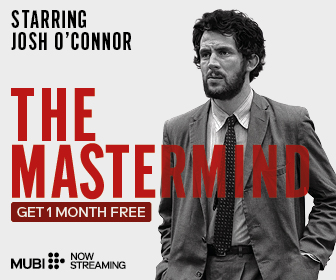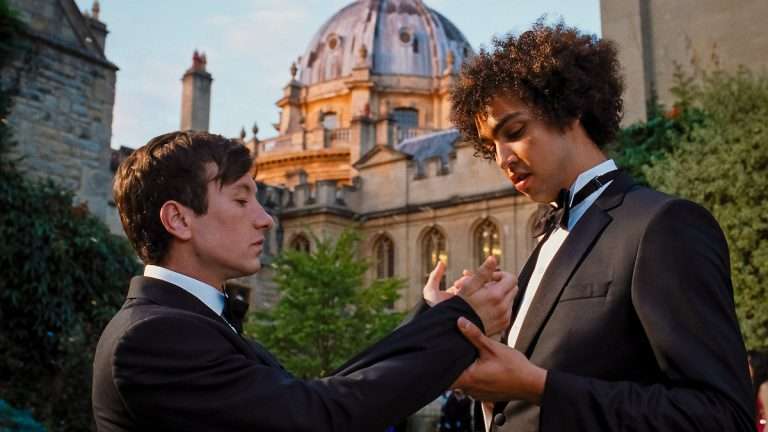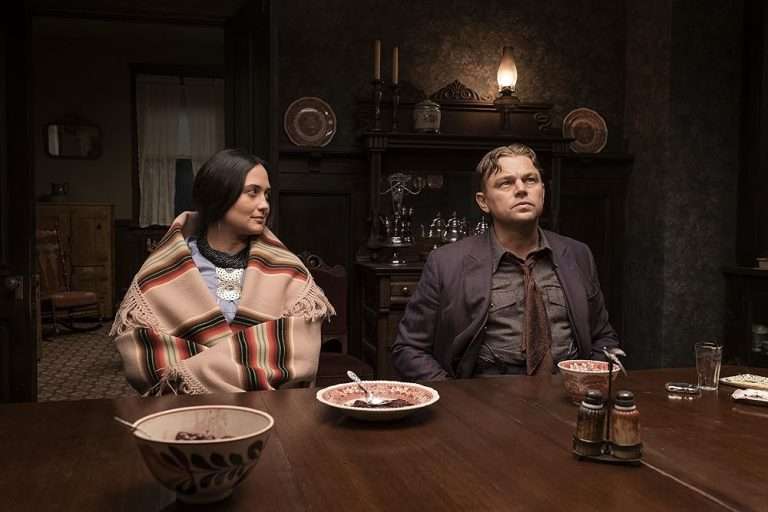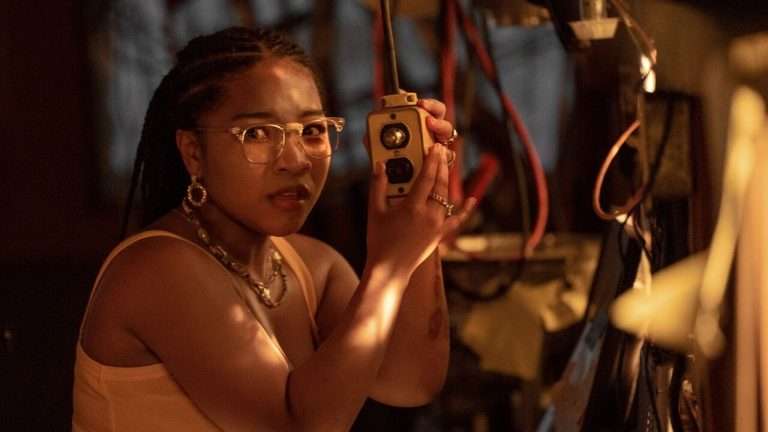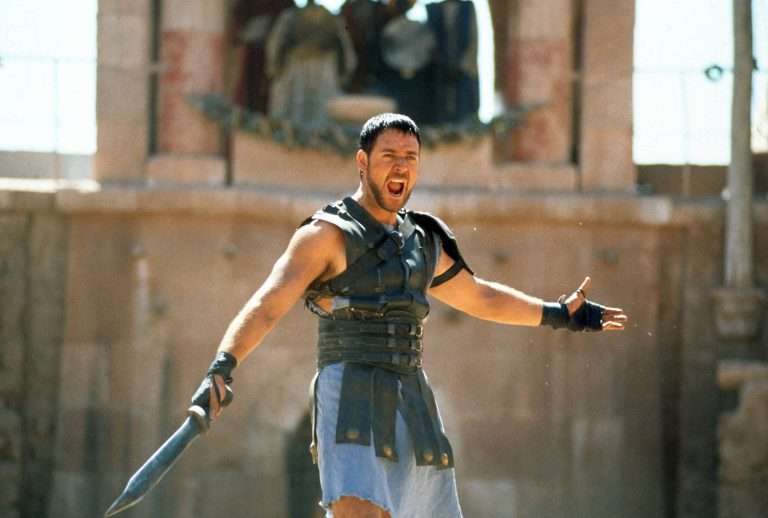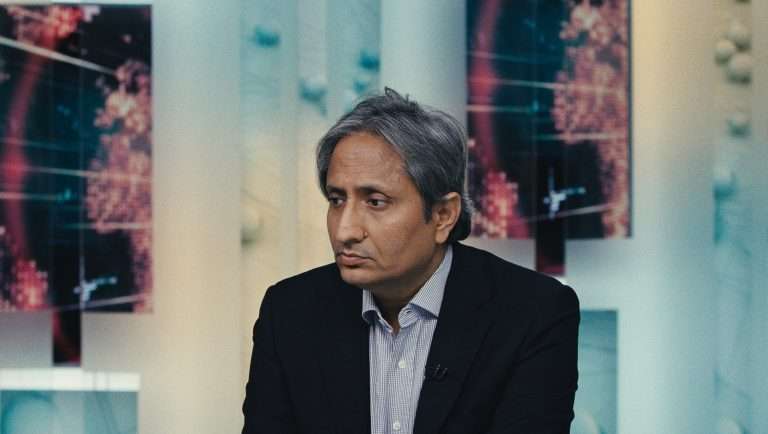“Die Hard” is a quintessential action film that redefined the genre across the late ‘80s, ‘90s, and beyond. So, it’s no surprise that every few years, studios try to recapture that 1988 lightning in a bottle—by straight-up ripping it off. Its success is owed to many things: tight writing, smart direction/cinematography, a stacked cast, and a messy but sincere charm. But admirers and imitators alike believe the secret lies in the formula. And what a formula it is. Start with an everyman, maybe a cop, but never a supercop. Drop them into an unwinnable situation against their will.
Give them personal stakes. Let them take out a parade of colorful henchmen one by one before reaching the final boss. Tag on a happy ending, and you’ve got an instant classic. Storytelling buffs might call this The Hero’s Journey. But if you add varied European terrorists, a breathtaking yet contained setting, and a sarcastic lead with nothing to lose, you’ve got a very specific beast. That’s right, a “Die Hard.”
Here’s the thing—Die Hard-ing only looks simple. Its imitators often stumble by miscasting the lead, misunderstanding the tone, or bloating the plot with unnecessary noise. One slight misstep, and we end up with a banal, unfocused, and forgettable clone. Here are some of the best—thus worst—examples.
Die Hard Flies the Unfriendly Skies
“Passenger 57” had a lot going for it. Wesley Snipes was a charismatic star on the rise, and audiences had long been obsessed with airplane thrillers. In theory, this one just needed a solid hook and a killer catchphrase. And it had the latter. “Always bet on Black” holds its own next to “Yippee-ki-yay.” But playful banter alone doesn’t make a classic. Despite a decent box office run, “Passenger 57” has largely faded from memory. Why? Because it breaks Die Hard’s formula in all the wrong ways.
First, the hero. John Cutter isn’t an everyman—he’s a former cop, former soldier, ex–Secret Service, and a self-defense instructor. He’s so stacked with credentials that even when he’s in danger, he’s never vulnerable. McClane was scrappy and outmatched. Cutter was overqualified. Second, the setting. The airplane is central at first, but the climax abandons it for a chase through a state fair—a far less compelling environment. “Die Hard” never leaves the building. “Passenger 57” ejects far too early.
Lastly, the villains. Charles Rane had an infamous “off-screen” reputation—the legendary “Rane of Terror”—but on the plane, Rane remained mainly tame. His henchmen, aside from a young Elizabeth Hurley (disguised as a flight attendant), are cardboard cutouts. They lack the quirks and dynamics of Hans Gruber’s spirited crew. In the end, “Passenger 57” wanted to be “Die Hard” on a plane. Instead, it became a reminder that swagger, catchphrases, and a cool location don’t matter if the stakes and characters don’t soar.
Sly Rappels into Die Hard from 30,000 Feet
If you were forced to make a “Die Hard” clone, wouldn’t you want the world’s biggest action star at the peak of his popularity? And why not set it atop a mountain? It’s higher than a skyscraper and four times as cold. That was the logic behind “Cliffhanger.” This is a fun, irreverent movie that doesn’t quite reach genre-defining heights. On the plus side, it features engaging villains led by a delightfully over-the-top nemesis in John Lithgow, complete with a British accent and Dickensian contempt.
The backdrop, too, is sensational. While not a singular location, the elevated, snowy terrain acts as an ideally isolated trap. Cliffhanger’s biggest stumble is that it takes itself too seriously. That’s right, this Sylvester Stallone action vehicle mistook itself for a melodrama. Amidst well-choreographed stunts and jaw-dropping scenery, the film keeps circling back to Sly lamenting a tragic accident from the recent past—his ex-partner’s girlfriend plummeting to her death. Was it due to his negligence, or was it just equipment failure? Who cares!
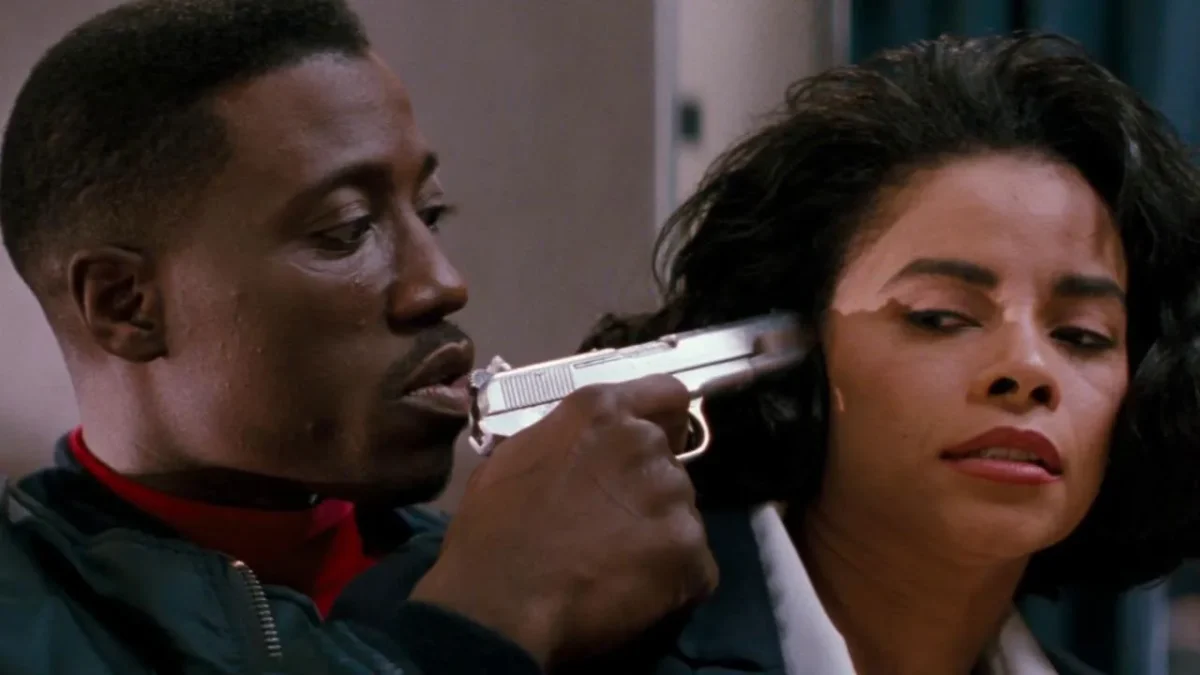
The plot also overreaches. Lithgow plays a disgraced military intelligence officer who steals $100 million, only to have it accidentally scattered across Stallone’s mountain on the exact day he decides to call it quits. While Lithgow understood the assignment, chewing the scenery with glorious camp, the movie gets weighted down by beacon locators, lost briefcases, and convoluted Treasury logistics. Seriously, the audience came to see Sly impale a random goon with a stalactite. Not mourn. Not an audit. Just impale.
Just a Cook, a Boat, and it’s Die Hard Again.
“Under Siege” just might be the crown jewel of Steven Seagal’s cinematic career. However, that’s largely thanks to a stellar supporting cast. Tommy Lee Jones plays a deliciously theatrical villain who oscillates between menace and mania, while Gary Busey channels unhinged brilliance with surprising precision. Even Erika Eleniak, best known at the time for “Baywatch,” makes the most of a role that starts as eye candy but grows into a solid sidekick. Add in Star Trek: TNG’s Colm Meaney and a young Kane Hodder (the future Jason Voorhees), and this crew is stacked.
The setup? Terrorists hijack a U.S. battleship. The only person who can stop them? The cook. But this cook will never spoil the broth. Seagal’s Casey Ryback is a former Navy SEAL with elite combat training and a chip on his shoulder. This may veer into supercop territory, but it gets a pass. After all, he’s “just a cook.”
Also Read: Die Hard (1988) Movie Ending Explained
So why doesn’t “Under Siege” rise to “Die Hard” heights? In short: Seagal. Where Bruce Willis played fearful, yet breezy, Seagal plays Ryback as an untouchable martial arts messiah. He delivers lines like they’re haikus and moves through fight scenes with spiritual detachment. It’s hard to build tension when your hero never sweats. Still, “Under Siege” sticks the landing better than most “Die Hard” clones. It just forgets that Die Hard’s greatest strength wasn’t its hero’s invincibility, but rather his vulnerability.
No Remote Work: Die Hard Returns to the Office
2025’s “Cleaner” is the newest “Die Hard” copy on the scene, so beware of minor spoilers. Daisy Ridley plays Joey Locke, an everywoman stuck in a dead-end window-washing gig atop a London skyscraper. She hates the corporate world that she scrubs clean from the outside, but needs the job to support her troubled brother, who’s been bounced from every facility in the city.
Despite her ex-soldier status, Joey feels like a proper John McClane stand-in: reluctant, sardonic, and outmatched. When her brother and a floor of VIPs are taken hostage by eco-terrorists during a corporate banquet, Joey is forced to take action. Unfortunately for her—and the audience—she’s trapped outside on a window-washing cradle for most of the movie.
This is when things fall apart. Joey interacts with the villains and a police negotiator via headset but spends much of the runtime dangling… and waiting. By the time she finally enters the building in the last half hour, it’s too little, too late. There are bright spots. Clive Owen brings weight as the non-violent eco-terrorist leader, Marcus. But he’s unceremoniously killed off and replaced by a weaker villain with a shallow personal connection to Joey.
The remaining characters blur together as they rattle off generic threats and eco-babble. Joey’s brother, who is conveniently a hacker, steps up at the right moment, and the final showdown ticks all the expected boxes. But “Cleaner” never earns its stakes, never sells its setting, and worst of all, it never takes the time to have any fun.
Puck Around, Find Out: Die Hard on Ice
Some people watch “Die Hard” and want to emulate it. Others watch and want to incorporate it. Welcome to the world of “Sudden Death,” where the Pittsburgh Penguins—alongside the NHL—attempt to ruin the formula’s soul. That’s worth at least five minutes in the box.
Jean-Claude Van Damme wasn’t the first choice to play former firefighter Darren McCord, but he gladly geared up after several others passed. He holds his own and brings the right amount of cheek. Early on, McCord’s daughter is kidnapped, and there’s a bomb in the arena. Great stakes. The Vice President is also in danger, adding drama without overcomplicating things.
The rest is a paint-by-numbers recreation that feels too generically corporate to resonate. The Penguins’ ownership promoted this as a big-budget commercial, showcasing their Civic Arena’s retractable roof as set dressing.
Despite casting a big name as the villain, Powers Boothe sleepwalks through the performance, and the henchmen are faceless goons with targets on their jerseys. The hockey bits are fun: Van Damme disguising himself as a goalie, hanging from the scoreboard, cameos from Luc Robitaille and other stars of the time, but the heart gets smothered by the overzealous branding. And we’re left with questions. Why murder beloved mascot Iceburgh in Act 1? Why plan an attack for Game 7, which isn’t a guaranteed occurrence? If the bomb was set for the final buzzer, how did it know to wait out sudden-death overtime?
Die Hard to the Chief
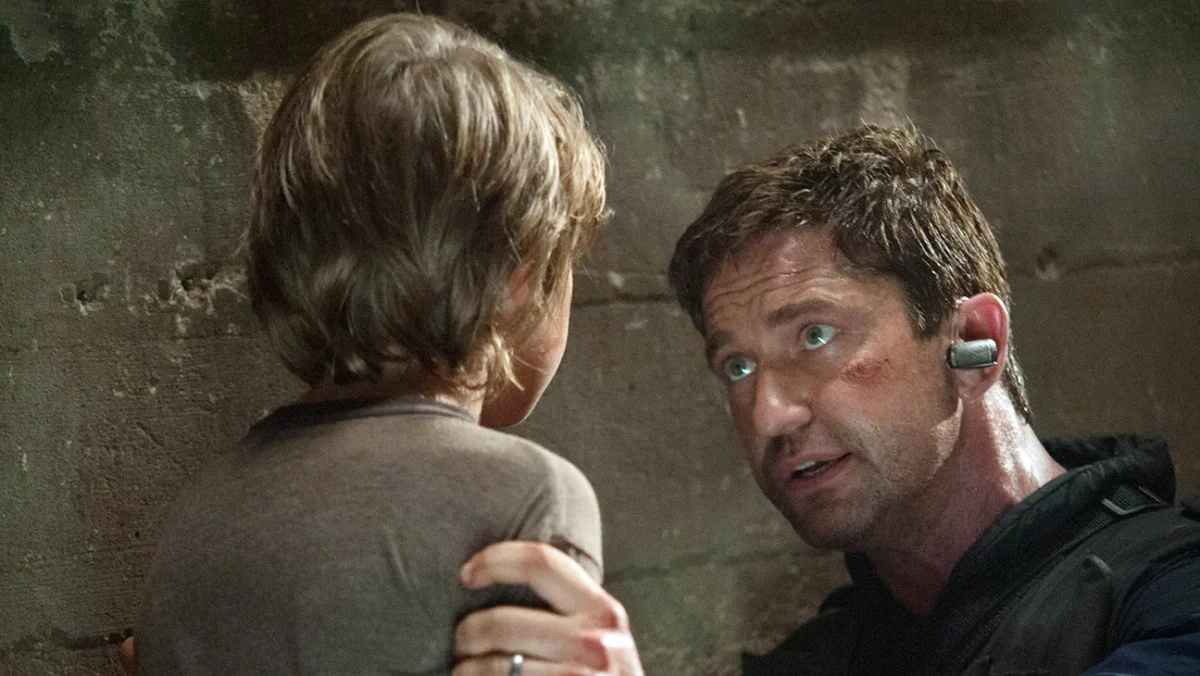
Often overshadowed by its fellow “Die Hard” copy, “Olympus Has Fallen,” the bigger-budgeted “White House Down” has Channing Tatum in a dirty tank top, so it’s just a little more “Die Hard.” Tatum’s John McClane proxy is John Cale, a Capitol police officer who brings his daughter to the White House on the very day a group of terrorists attack. This leaves him with two jobs: protecting the President and saving his kid.
In 2013, studios were still drawing heavily from “Die Hard,” but this film also borrowed from “Die Hard with a Vengeance.” Jamie Foxx plays the U.S. President in a role clearly modeled after Samuel L. Jackson’s reluctant sidekick. And hey, who wouldn’t want to be the President and Samuel L. Jackson? But “White House Down” is a victim of its time.
The ingredients for a solid clone are here, but it gets lost in CGI-heavy explosions and jittery shaky cam. At times, the film leans into full-on propaganda, complete with hokey speeches, slow-mo political imagery, and a scene where Cale’s daughter literally fends off friendly fire with a presidential banner.
The villains also suffer from a crisis of focus. Some oppose U.S. foreign policy. Others just want revenge. James Woods plays the lead baddie with static coldness, but without cohesion, the threat feels muddled. In the end, “White House Down” is an earnest attempt that tries to mash two “Die Hard” films with “Independence Day.” It’s loud and flashy but collapses under the weight of its own excess.
Seagal Dies Harder: This Time on a Train
After an office building, a plane, a boat, possibly a bus, and even a mountain, “Die Hard” on a train was the next logical step. Since Steven Seagal didn’t completely biff his first attempt as former-Navy SEAL Casey Ryback, everyone involved decided to give him another go. Yes, Seagal was strangely marketable in the ‘90s. Nobody really knows why. However, after “Under Siege 2: Dark Territory,” it ceased to matter.
This sequel retains none of the original’s charm, features few returning characters, and even drops its Naval background. Even the title is confusing. Why “Dark Territory”? Because of tunnels? Bit of a stretch. Most of the runtime is devoted to action for action’s sake. The plot involves a deceased brother and a niece, but they’re merely catalysts to get Ryback on the train. Also missing? Memorable villains. Everett McGill and Eric Bogosian, two solid actors, are relegated to playing generic mercenaries who hijack a train to sell a satellite weapon to more important, off-screen terrorists.
Two hours of wobbly aikido later, Ryback wins the day. It’s a hollow victory in a hollow film—proof that Die Hard’s formula is a great springboard, but the movie still needs to be about something. Still, let’s be thankful for small mercies. Ryback’s niece—played by teenage Katherine Heigl—wasn’t present for most of Seagal’s sweatier scenes.
Preserved in time and celluloid, “Die Hard” remains the gold standard of grounded action. Copying its formula, no matter how well, usually leads to diminishing returns. Even the sequels prove this. Aside from “Die Hard with a Vengeance,” which stands on its own, the rest slowly forget what made the original special. McClane gets divorced, becomes estranged from his kids, and eventually morphs into the kind of supercop the first film actively avoided. But great action doesn’t need to follow this blueprint. The formula worked once because it had heart, stakes, and something to prove. Maybe, after nearly forty years of imitators, it’s time to retire it altogether.
At least until someone finally makes “Die Hard in Space.” That one we’ll allow.

